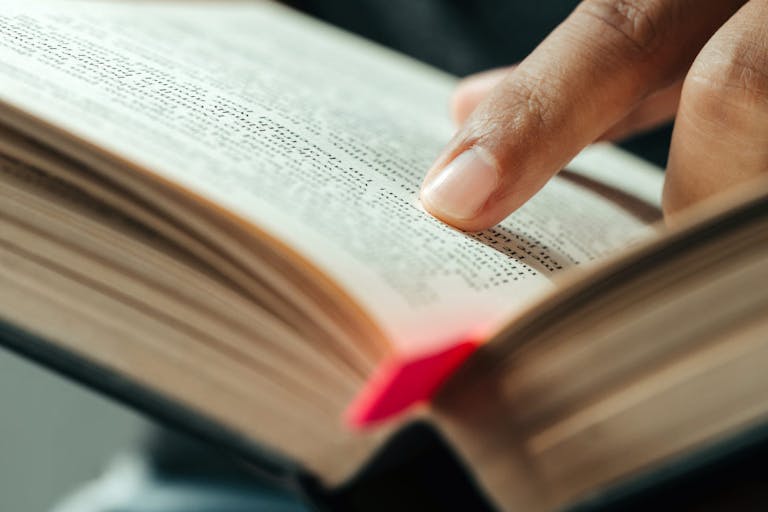
Pastor misrepresents pro-life position in ‘scientifically illiterate’ defense of IVF
Nancy Flanders
·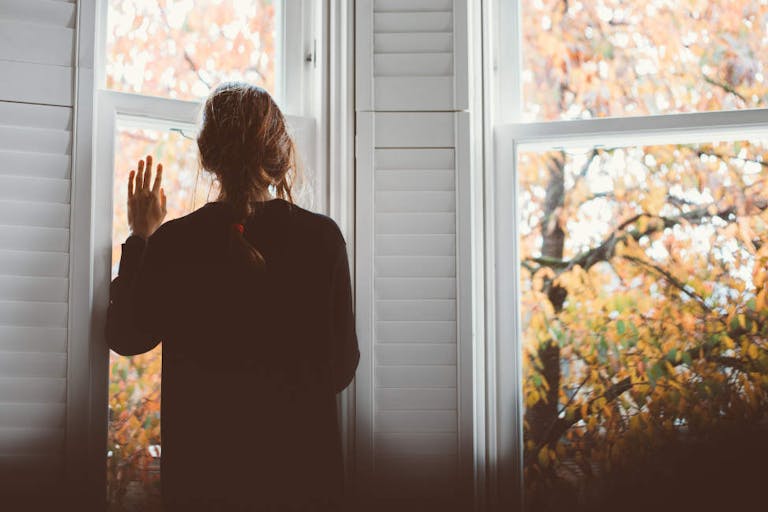
Woman created through IVF wonders about her still-frozen siblings
A woman in her 20s who was conceived using IVF has said that she wonders about her still-frozen embryonic siblings and what they would be like if allowed to be born.
Michel Janse, 26, learned years ago that she and her born sister were conceived using IVF after their parents struggled with infertility for years. Their parents had kept it a secret because they weren’t sure how their daughters would react to the circumstances of their conceptions, but then the father let the information slip to Janse during a dinner conversation one night. She was instructed not to tell her sister, but she did anyway.
“My sister is three years younger than me, and there was no way I could keep this secret from her,” she told Business Insider. She continued, “My sister and I immediately started considering how we had been from the same batch. At the time, I thought about how wild it was that I was randomly picked as the older sister. I now know they implant the higher-rated embryos first — which I incessantly joke about with her.”
As Janse said, she was used first because she was the “higher-rated embryo.” Embryos are classified by a grading system determined by how likely they are to survive and are labeled with designations such as 5AA or 4AB. This labeling and grading reduces children to items in a factory’s quality control department rather than the unique human beings that they are. Classifying humans based on their perceived health is a form of eugenics. In the case of IVF, the children with the lowest grades are often destroyed.
It is unclear how many frozen embryos Janse’s parents have remaining, or how many embryos died in the process of birthing Janse and her sister.
Janse reflected on her parents’ more recent decision to place their remaining frozen children for adoption.
“They now feel they have peace and clarity and want to move forward with embryo-adoption agencies to give others struggling with infertility the opportunity to give birth and raise a child. This would let those people avoid paying excessive fees associated with IVF. For my parents, IVF has been a way to have their own family, and now they can put their remaining embryos for adoption,” said Janse.
She then added, “I’m hoping they will ask for an open adoption so that I can one day meet my other siblings. I’m so curious to know what they would look and be like.”
Janse also said she and her sister are “typical first and second children. I’m the loud one who always talked for my sister when we were kids. She was, and still is, the quieter, by-the-book one.” She added, “Sometimes I wonder: If she had been born first, would she have taken on the personality I have? Would there have been a role reversal based simply on our birth order?”
Janse’s desire to know her embryonic siblings is similar to the feelings of those who have lost their siblings to abortion and miscarriage. One woman said that, while on a retreat for siblings of aborted children, she “thought about my [aborted] siblings deeply for the first time… ever. It hit me that had any of them been born, I would not have been ‘the eldest,’ but the second youngest. The more I thought about it, the more I felt a certain identity crisis.”
Another sibling of an aborted child said she tried not to think about the pain she felt after learning of her mother’s abortion. But, years later, she said, “Suddenly I found myself thinking about my little brother! I became disoriented and lost control of the car for a moment as I burst into tears having lost him. I was astounded by my reaction, but I couldn’t shake the sadness and longing to have known him.”
“I have not forgotten my siblings and I never will,” one sibling survivor who attended a retreat said. “I miss them although I never knew them.”
Susan Roberts lost a brother to a miscarriage and explained that she often wonders who he would be or what it would be like to have had an older brother. She wonders if his eyes would be brown like their mother’s, or green like their father’s.
It’s clear that Janse sees her parents’ remaining embryos as her siblings, though they have never been born — and she’s right. It’s also true that she could have been the one still frozen while one of her siblings was chosen instead. With IVF, there’s a fine line between ‘wanted’ and ‘wanted as a backup.’
Janse and her siblings could be considered the ‘lucky’ ones. Janse and her born sister were chosen and survived until birth, and their still-frozen siblings are likely being placed for adoption.
Most children conceived through IVF are not so fortunate. IVF is carried out 2.5 million times annually around the world, but each year only 500,000 babies are born from IVF, according to research published in Reproductive Biomedicine Online. This means that each year if just one embryo is created during each IVF cycle (the average is seven), at least 80% — two million — of the human beings created through IVF either die during the process, are frozen indefinitely, or are destroyed.
In the IVF process, more embryos than wanted are often created so that the ‘best ones’ can be used while the others are kept as backup. Paris Hilton, for example, has said she has 20 embryonic sons frozen. It is highly unlikely that Hilton wants to raise 20 sons or that she would place any of them for adoption, which means the majority of her children — who were created to fit her desires — could be destroyed like millions of others.
Janse said that another reason her parents kept their use of IVF a secret is because they are Christians, and “some Christian circles viewed IVF fertility treatments as not in line with their religious values.” It is unclear what percentage of Christians approve or disapprove of IVF, but the Catholic Church considers it to be immoral. This does not mean that children created through IVF are somehow seen as less valuable; rather, all of the children created through IVF, including those deemed to be ‘low quality’ or those who are destroyed, are considered equally valuable to all other humans. Despite being in the business of creating life, IVF destroys preborn human lives at a higher rate than abortion does.
Live Action News is pro-life news and commentary from a pro-life perspective.
Contact editor@liveaction.org for questions, corrections, or if you are seeking permission to reprint any Live Action News content.
Guest Articles: To submit a guest article to Live Action News, email editor@liveaction.org with an attached Word document of 800-1000 words. Please also attach any photos relevant to your submission if applicable. If your submission is accepted for publication, you will be notified within three weeks. Guest articles are not compensated (see our Open License Agreement). Thank you for your interest in Live Action News!

Nancy Flanders
·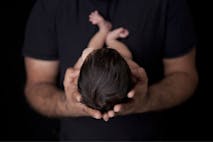
Analysis
Cassy Cooke
·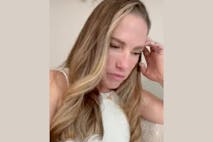
Analysis
Nancy Flanders
·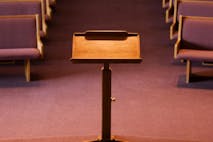
Newsbreak
Angeline Tan
·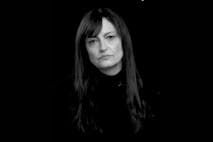
Human Interest
Nancy Flanders
·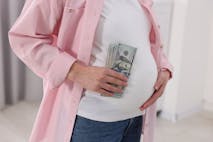
Issues
Nancy Flanders
·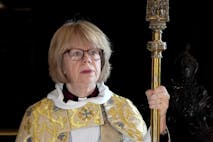
Politics
Nancy Flanders
·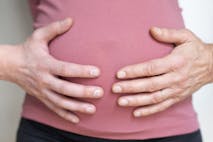
Politics
Nancy Flanders
·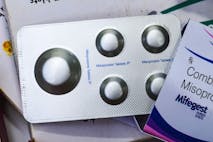
Abortion Pill
Nancy Flanders
·
Politics
Nancy Flanders
·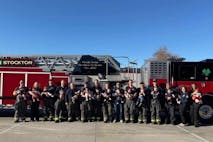
Human Interest
Nancy Flanders
·